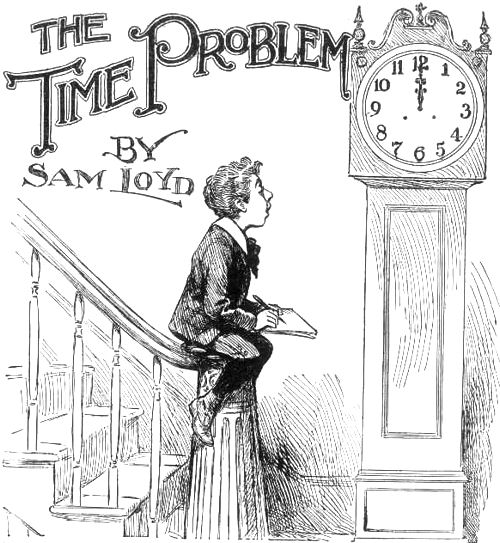



EVERYONE HAS read about the race between Achilles and the tortoise, so often quoted as showing the impossibility of doing some possible things.
Achilles could walk twelve times as fast as the tortoise, so a match was arranged by Zeno, the philosopher, wherein the tortoise was to have twelve miles start. Zeno maintained that Achilles could never overtake the tortoise, because while Achilles walked twelve miles the tortoise would have advanced one mile, and when Achilles went that, mile the tortoise would have gone on the twelfth of a mile, etc. etc.
The story is erroneously quoted by many upon the supposition that while it is evident that Achilles will overtake and pass the tortoise, that the exact point would be represented by an indeterminate fraction which cannot be computed, but goes on diminishing forever like the decimal value of a seventh. A problem of that nature would be represented by the traveler who journeys from Bagdad to Jericho, agreeing to go half the distance on the first day. The next day half of the remaining distance. The third day half the remainder, etc., etc., always going just half as far as he did the previous day I he result being that he gets very close, but never gets there.
The race of Achilles and the tortoise, however, differs in that he does get there and passes the tortoise, but the difficulty is to determine the exact point.
Tommy noticed that the race between Achilles and the tortoise represents the relative speed between the hour hand and the minute hand of a clock, so he secures a post of vantage and determines to solve by actual observation a time problem often quoted as unsolvable.
Exactly at 12 o’clock noon the hour and minute hand are together, and the problem is to discover the exact time which the next meeting of the hands represents. As a matter of fact it is a most interesting puzzle which mathematicians recognize as forming the groundwork upon which numerous time problems of an important and fascinating character have been built, for which reason a clear understanding of the principle involved is recommended.
Regarding Harry's problem of the clock, which conflicts with the popular notion of this old-time puzzle, it may be seen that if the minute hand goes twelve times faster than the hour hand that they will meet eleven times during every twelve hours, so by taking the eleventh part of the twelve hours for our constant we find that there will be a meeting of the hands every 65 minutes 27 and 3/11 seconds; therefore the hands will be together at 12 o’clock and at 1:5:27 3/11, 2:10:54 6/11, 3:16:21 9/11, 4:21: 49 1/11, 5:27:16 4/11, 6:32:43 7/11, 7:38:10 10/11, 8:43:38 2/11, 9:49:5 5/11 and 10:54:32 8/11.
[Page 142]